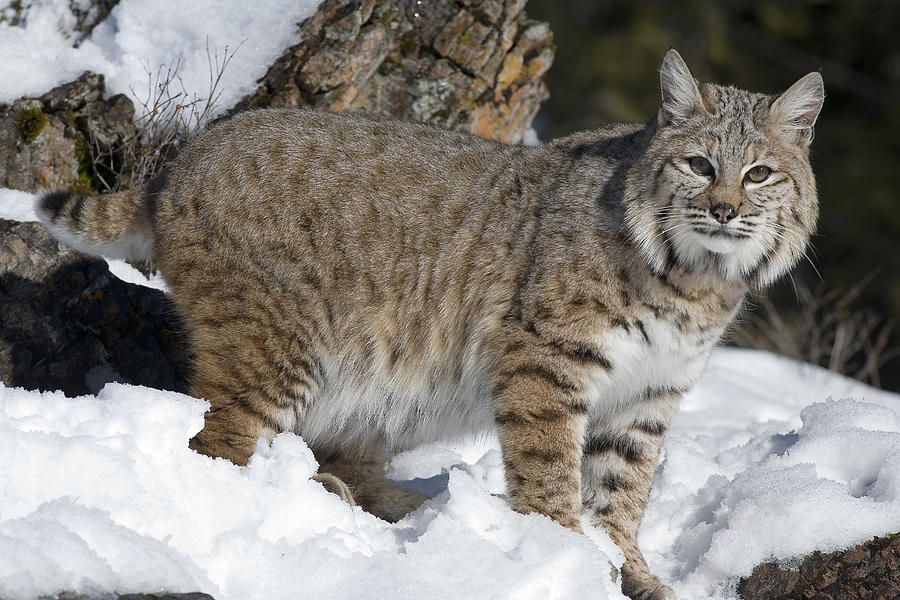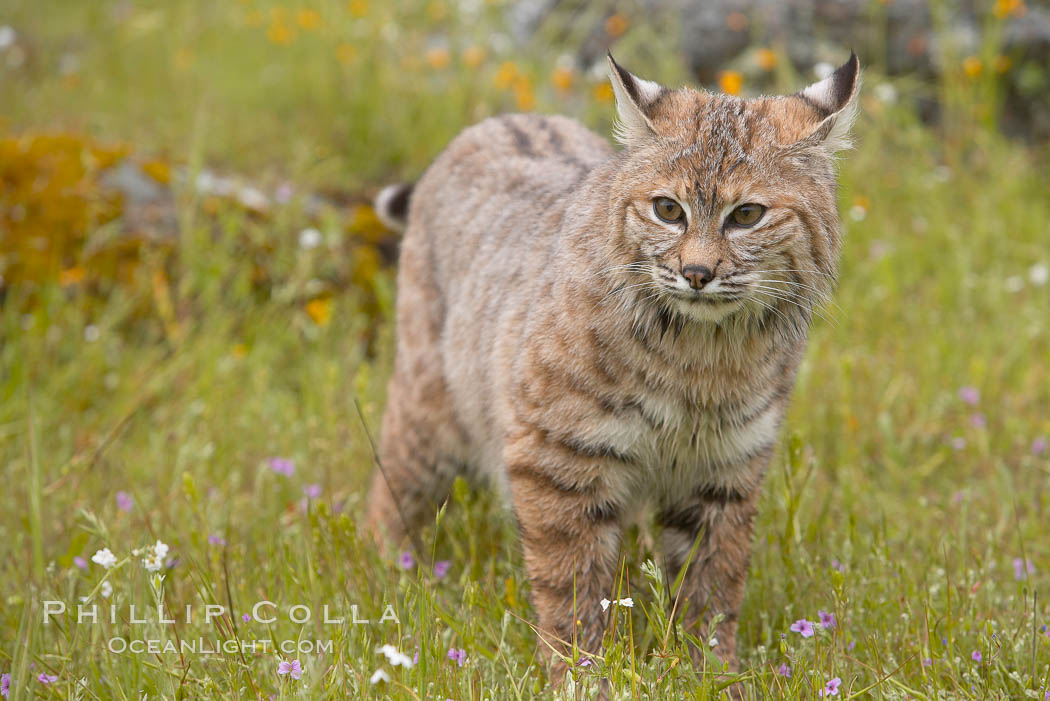

Therya is published by the Asociación Mexicana de Mastozoología A.

Spatial, temporal, and population characteristics of two bobcat, Lynx rufus, populations in California. Evaluation of two density estimators of small mammal’s population size. Estimating the density of a jaguar population in the Brazilian Pantanal using camera-traps and capture–recapture sampling in combination with GPS radio-telemetry. Journal of Wildlife Management 49:283–292. Dynamics of a harvested bobcat population in Oklahoma. R: a language and environment for statistical computing. Maximum entropy modeling of species geographic distributions. Statistical inference from capture data on closed animal populations. The Wildlife Society, Bethesda, Maryland, U.S.A. The Wildlife Society Technical Review 12-04. The North America Model of Wildlife Conservation. A., CARMICHAEL, NANJAPPA, P., REGAN, R., MEDELLIN, R. Spatial organization of bobcats (Lynx rufus) in southern Illinois. Spring and summer movements and home ranges of bobcats in the coastal plain of South Carolina. Range extension of the bobcat (Lynx rufus) in the tropical dry forest of the Mexican Pacific Coast. Pp 656-668, in Wild Furbearer Management and Conservation in North America (Novak, M., J. Section IV: Species Biology, Management, and Conservation. Wildlife of Mexico: the game birds and mammals. West North American Naturalist 67:538-548. Bobcat (Lynx rufus) home range, density and habitat preference in Arizona. Journal of Wildlife Management 43:666-671. Bobcat density and prey selection in Central Arizona. Cold Spring Harbor Symposium of Quantitative Biology 22:415–427. Using automatically triggered cameras to individually identify bobcats. Competition and coexistence in sympatric bobcats and pumas. Instituto de Geografía, Universidad Nacional Autónoma de México, México, D.F. Modificaciones al sistema de clasificación climática de Köeppen. Journal of Wildlife Management 38:435-446.ĬONVENTION ON INTERNATIONAL TRADE IN ENDANGERED SPECIES OF WILD FAUNA AND FLORA. Social organization in a bobcat population. Comisión Nacional para el Conocimiento y el Uso de la Biodiversidad. Pp 503-504, in Mammals of Mexico (Ceballos, G., ed). Southwestern Naturalist 55:447-449.īARCENAS, R. Ocelot (Leopardus pardalis) in Aguascalientes, Mexico. Probably the optimal habitat for this species is found in the southern United States and northern México where the highest densities of its entire distribution occur.īARCENAS, R. Bobcat density in México is highest in the north and decreases to the south of its range. The areas estimated were between 1,861 to 16,663 km 2, with a population from 592 to 2,161 bobcats. Using Ma圎nt, we estimated the available habitat in each site and extrapolated the density data to obtain a range of bobcat population estimates per site. Our estimated bobcat densities varied from 0.05 to 0.53 bobcat/km 2. With an effort of 2,070 camera trap days, we obtained 41 bobcat photographs in five localities from 2005 to 2007. Using the Ma圎nt ecological niche model, the potential distribution of the bobcat was obtained. Camera traps were used in combination with capture-recapture models to estimate densities. Despite the fact thatMéxico contains about 35 % of the species range, there are no data on their abundance or density in México. The objectives of this study were to document the density of bobcats from northwestern to southern México and to understand the abundance patterns of this species. The highest known density of this species is in the southern United States, and from there their density decreases northward to southern Canada. Bobcats ( Lynx rufus) are distributed throughout North America, but bobcat densities have been well-documented primarily only for the United States.


 0 kommentar(er)
0 kommentar(er)
